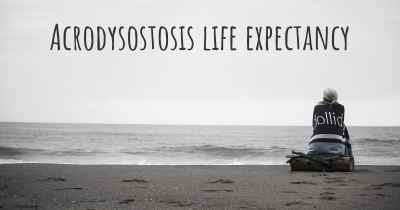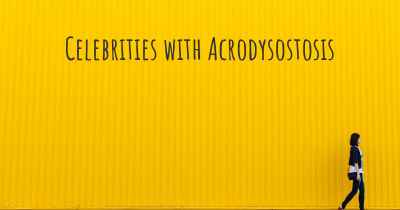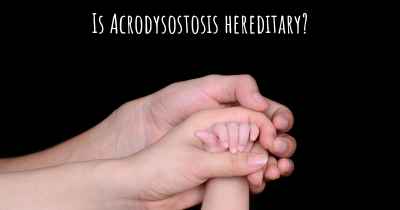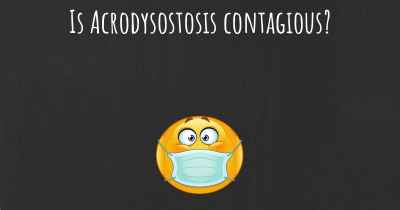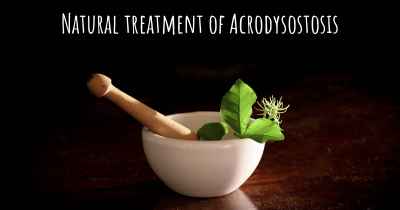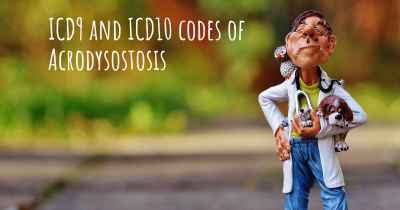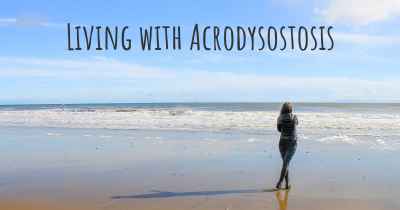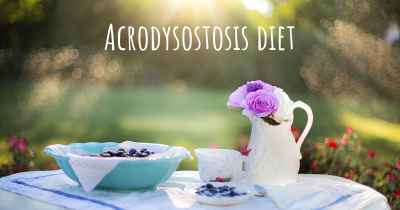What is the history of Acrodysostosis?
When was Acrodysostosis discovered? What is the story of this discovery? Was it coincidence or not?
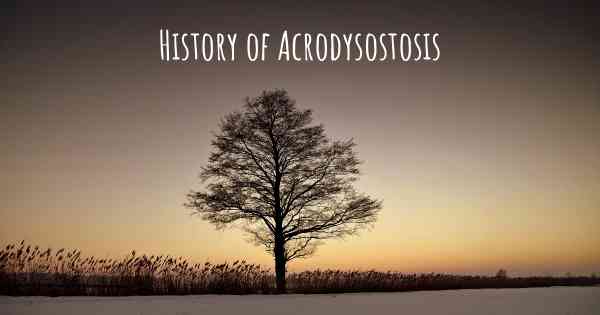
Acrodysostosis is a rare genetic disorder that affects bone and hormone development. It was first described in medical literature in 1968 by doctors L. J. Langer and W. Giedion, who identified a group of patients with distinct physical characteristics and skeletal abnormalities. The term "acrodysostosis" was coined to describe this condition, derived from the Greek words "acro" meaning extremities and "dysostosis" meaning abnormal bone formation.
Symptoms:
Acrodysostosis is characterized by a variety of physical and developmental abnormalities. Individuals with this condition typically have short stature, with shortening of the bones in their hands and feet. Their fingers and toes may appear stubby and abnormally short, often referred to as brachydactyly. Additionally, affected individuals may have a distinctive facial appearance, including a flattened nasal bridge, underdeveloped midface, and widely spaced eyes.
Genetic Causes:
Acrodysostosis can be caused by mutations in two different genes: PRKAR1A and PDE4D. The PRKAR1A gene is located on chromosome 17, while the PDE4D gene is located on chromosome 5. These genes provide instructions for making proteins that are involved in signaling pathways within cells. Mutations in either gene disrupt these pathways, leading to the characteristic features of acrodysostosis.
Types:
There are two recognized types of acrodysostosis: type 1 and type 2. Type 1 is caused by mutations in the PRKAR1A gene, while type 2 is caused by mutations in the PDE4D gene. The two types have similar clinical features, but type 2 may also be associated with intellectual disability and seizures in some cases.
Prevalence and Diagnosis:
Acrodysostosis is an extremely rare disorder, with only a few hundred cases reported in medical literature. It affects males and females equally and has been identified in various ethnic groups worldwide. The condition is typically diagnosed based on clinical features, such as the characteristic facial appearance and skeletal abnormalities. Genetic testing can confirm the diagnosis by identifying mutations in the PRKAR1A or PDE4D genes.
Treatment and Management:
Currently, there is no cure for acrodysostosis, and treatment focuses on managing the symptoms and associated complications. A multidisciplinary approach involving various medical specialists is often necessary. Growth hormone therapy may be considered to help improve height in some cases. Orthopedic interventions, such as corrective surgeries, can address skeletal abnormalities and improve mobility. Additionally, early intervention and support services can help individuals with developmental delays or learning difficulties reach their full potential.
Research and Future Outlook:
As acrodysostosis is a rare disorder, research on this condition is limited. However, ongoing studies aim to further understand the underlying genetic mechanisms and potential treatment options. Advances in genetic testing and molecular techniques may lead to improved diagnostic methods and targeted therapies in the future. Collaborative efforts between researchers, healthcare professionals, and patient advocacy groups are crucial in advancing knowledge and providing support for individuals and families affected by acrodysostosis.
